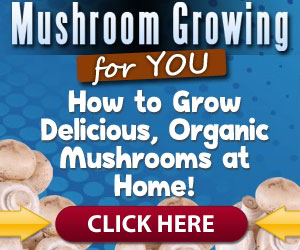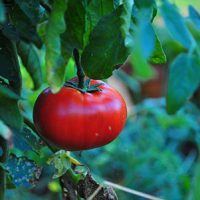How to Plant and Grow an Herb Garden
There is nothing that improves the taste of a dish as much as being able to use fresh herbs straight from your own garden. It is very easy to start an herb garden and to grow your own herbs and if you are a beginner gardener, an herb garden is a great way to learn.
Most herbs only need two things to grow well. They need soil that drains well and lots of sunlight. What this means is when looking for a location for your herb garden, choose a place that will get six full hours of direct sunlight and that doesn’t hold water, but drains it off.
Another consideration when selecting the location is convenience, especially if you will use the herbs frequently while cooking. The closer the herb garden is to the kitchen, the easier it will be for you to just dash out and snip off what you need.
Herbs need a good, fertile soil, but that can be prepared from just about any soil or dirt. If the soil is more clay or sand than dirt, you’ll need to mix in plenty of compost to get it ready for herbs. Herbs need pretty rich soil to do well. Even if your soil is already in good shape, adding compost is still a good idea because it provides additional nutrients which will help the herbs grow. Do not use composted manure, though. This isn’t good for herbs because it is high in nitrogen which speeds up growth, but reduces the flavor.
Selecting the herbs for your garden is part personal choice and part where you are gardening. Many herbs are perennials, which means they will grow year after year. Some, however will require replanting each year. There are some herbs which are used frequently in cooking, such as oregano, basil, thyme, and cilantro.

These are generally grown in every herb garden. There are others which are more of a personal preference such as dill, chives, rosemary, and mint. Then there are different varieties of some of these such as chocolate mint, orange mint, and lemon mint. Rosemary grows as a bush and is a perennial, but the needles are what actually provide the intense flavor to the food.
Herbs grow well from either seeds or from starter plants. If starting them from seeds, don’t plant them until after the first frost. If doing starter plants, start them between three to four weeks before they’ll be planted in the garden. Use small pots between one to three inches across and fill with good potting soil mixture within about 1 inch from the top. Place two to three seeds in each pot and keep the pots moist and warm until the seeds sprout. Once the seeds sprout, move the pots to a sunny spot and keep them semi-moist. Once the last frost is passed, plant the pots in the garden.
Once all the herbs are in the garden, ensure the garden gets plenty of water. It needs at least two waterings per week, soaking thoroughly at least two inches down. Harvest the herbs frequently as they grow. This will help keep the herbs keep producing more foliage and getting fuller and it will not hurt them, in fact it will help them to cut them back often.
When the growing season ends, you can freeze or dry and herbs left in the garden and they can be used throughout the winter for seasoning.





